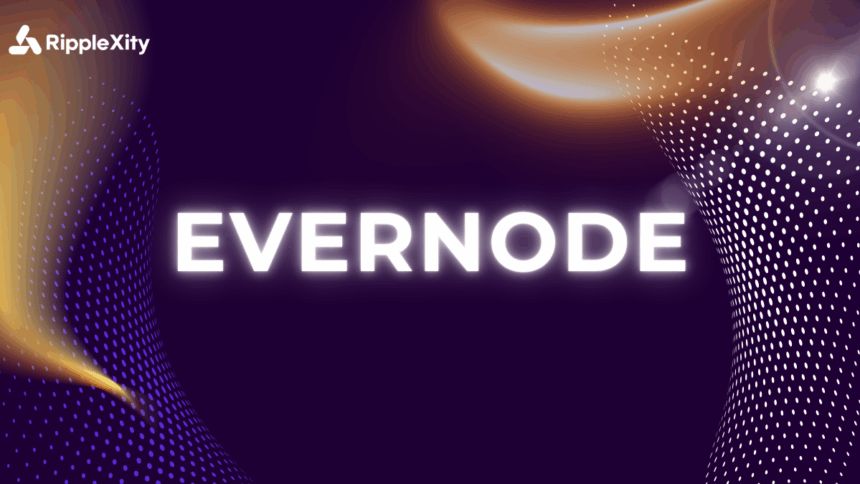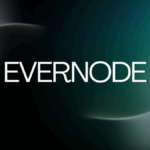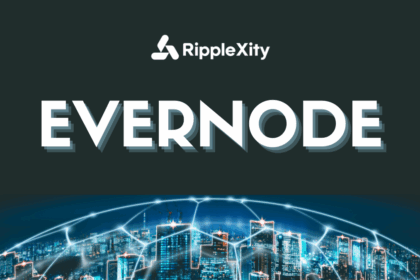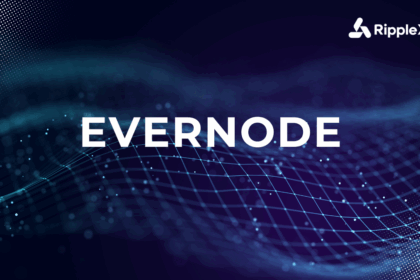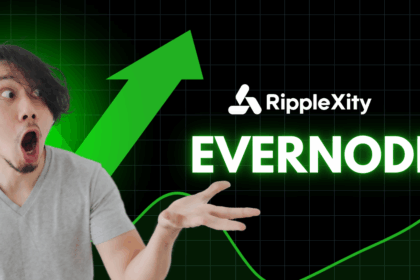In any decentralized network, a native token plays a vital role in driving participation, securing the infrastructure, and enabling governance.
For Evernode, that token is EVR — the economic core of its Layer 2 smart contract network built on the XRP Ledger.
EVR is more than just a reward mechanism — it fuels computation, governance, and network participation, making Evernode one of the most robust token-powered ecosystems within the XRPL universe.
What Is EVR?
EVR is the native utility and reward token of the Evernode platform. It facilitates interactions between developers, users, and node operators (Hosts), and ensures the entire system remains decentralized and trustless.
It is also issued on the XRP Ledger, taking full advantage of XRPL’s speed, low cost, and interoperability.
Core Functions of EVR
🛠️ Computation Payment
- Developers and users pay EVR to run smart contracts on Evernode.
- These payments are sent to Hosts who provide the compute power.
🧠 Incentivizing Hosts
- Hosts are rewarded in EVR for reliably executing off-chain smart contract logic.
- More performance = more rewards.
🔒 Network Staking
- To become a Host, participants must stake EVR, ensuring only serious, reliable operators join the network.
- Staking adds economic security.
🗳️ Governance
- EVR holders gain voting rights to decide on protocol upgrades, fee parameters, and community proposals.
How It Works: A Lifecycle Example
- A developer builds a dApp and uses EVR to deploy it.
- Hosts are selected to execute the smart contract logic.
- Those Hosts are paid in EVR for their compute services.
- Holders of EVR participate in proposals to improve the network.
The Role of EVR in Long-Term Growth
EVR isn’t just about rewarding computation — it’s the backbone of the entire Layer 2 economy. As dApp adoption grows, demand for EVR increases through:
- More smart contract execution fees
- More Hosts joining and staking EVR
- Greater need for governance participation
As a result, the token’s utility scales with the ecosystem.
Why EVR Strengthens the XRP Ledger Ecosystem
By anchoring smart contract execution and governance to a tokenized incentive model, Evernode adds programmability to XRPL — without compromising speed, scalability, or decentralization.
EVR ensures that XRPL doesn’t just remain a payments chain, but evolves into a fully programmable, community-owned Web3 platform.
Final Thoughts
EVR is the lifeblood of Evernode’s decentralized compute network.
It powers smart contracts, secures Hosts, and gives the community a voice. As adoption rises, EVR becomes the enabler of scalable Web3 applications on XRPL.
At RippleXity, we’ll continue tracking EVR’s impact as it fuels the next generation of decentralized innovation on Ripple’s ecosystem.




